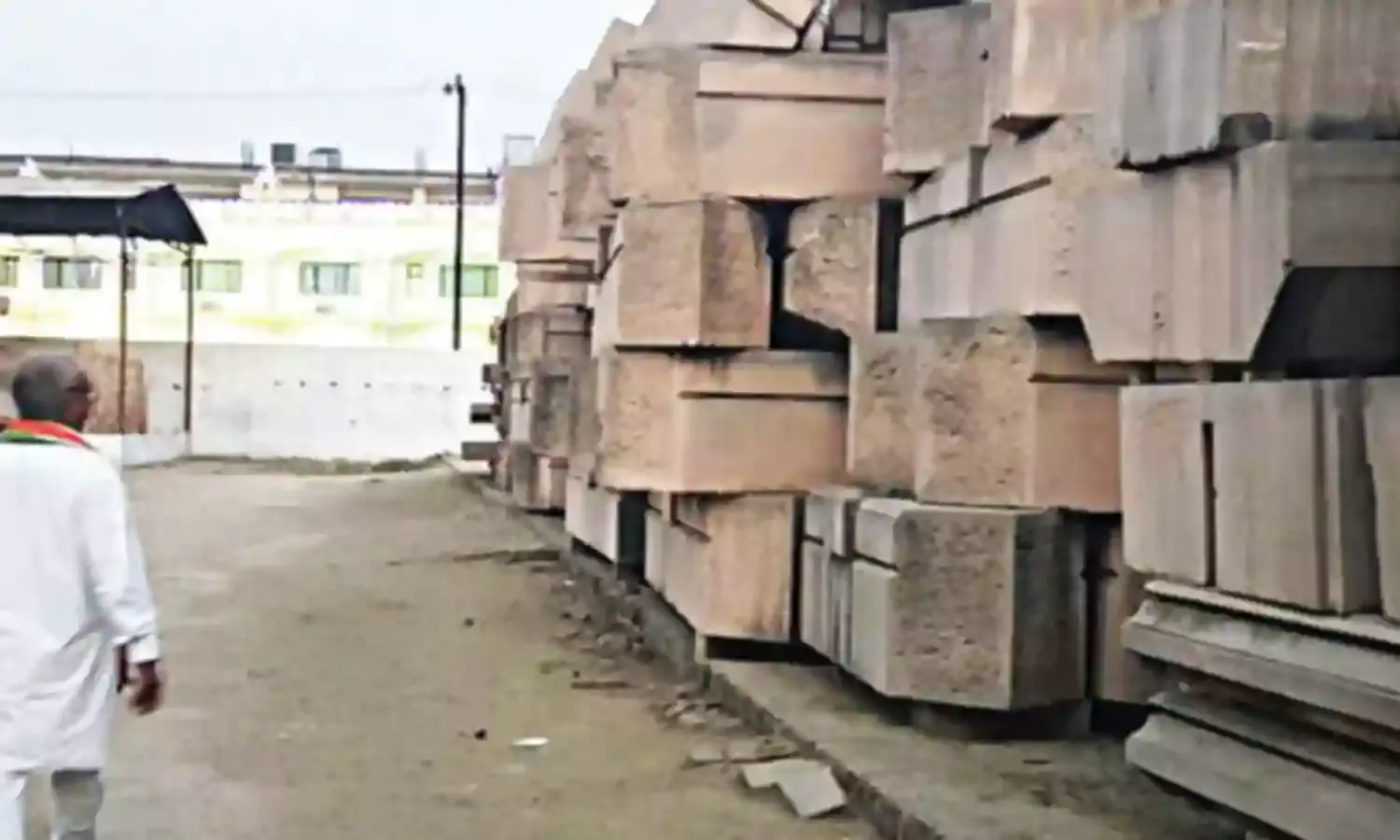The ‘Almost Liberation’
‘We don’t know the date of the third day’

One of the Modi-Shah regime’s prominent ideologues, Swapan Dasgupta, has offered an interesting analysis of what he sees as the Hindu psyche over time.
https://www.hindustantimes.com/analysis/ayodhya-this-should-be-a-guide-for-the-future/story-m0JxHX65qWiDGYdxrHFBOO.html
Writing after the Supreme Court’s Ayodhya verdict in the Hindustan Times, Dasgupta for a start claims that ‘the reconstruction of the Somnath temple in the early 1950s’ was seen by India’s Hindus ‘as a symbolic act of redemption and an assertion of sovereignty after centuries of bondage’.
Four decades later, Dasgupta was an eyewitness of the 1992 demolition by of the Babri Mosque by a mob of Hindu radicals. He writes:
‘As the final dome of the disputed Moghul shrine crumbled in a heap of red smoke, the mood was wildly ecstatic. Apart from Advani, who retreated into a dark room to reflect on the consequences of an unplanned deed, it almost seemed that the day of Hindu liberation had finally arrived.’
Almost yet not quite. According to Dasgupta, that day is still to come. Even the Supreme Court’s award on November 8 of Ayodhya’s contested 2.77 acres to Hindu parties did not bring that long-awaited deliverance. Dasgupta is confident, however, that
‘When the Ram temple in Ayodhya is finally inaugurated, using bricks consecrated in countless villages and towns, it will signal the end of a long period of mental servitude and subordination.’
In the 1950s, when Dasgupta’s first Day-of-Almost-Liberation evidently occurred, with the reconstruction of the Somnath Temple on the southern coast of Saurashtra in western Gujarat, India had been independent for over three years. Yet August 15, 1947, when India became sovereign and independent, appears to be of little consequence to Dasgupta. The same is true for January 26, 1950, when India became a Republic.
In Dasgupta’s reading, neither 1757, when the Mughal Empire ended in a de facto sense, nor 1857, when Muslim rule formally ended with the British deposing the last titular Mughal, nor 1947, nor 1950 brought relief to the Hindu psyche.
But the reconstruction of the Somnath Temple in the early 1950s evidently did.
As someone a good deal older than Dasgupta, I have a clear recollection of that temple’s renovation, which was overseen by a trust that Vallabhbhai Patel supported, though the renovation’s driving force was the novelist-lawyer-politician, K. M. Munshi.
People in Gujarat and Indians across the land were certainly delighted by the renovation, but there was no celebration of ‘liberation’ nor any suddenly awakened sense of ‘sovereignty’. There had been no mosque in or near the Somnath Temple to remove, and no Briton or Muslim had opposed the renovation.
Early in the 11th century, in a disgraceful episode, Ghazni had indeed ravaged the temple, but the temple’s neglect in later centuries was primarily a failing of Saurashtra’s Hindus.
To see Somnath’s reconstruction as ‘liberation’ is neither memory nor history. It is creative imagination, part of history’s reconstruction in aid of Hindu radicalism.
As for Dasgupta’s second Day-of-Almost-Liberation, when the Babri Mosque was brought down, he himself points out in the article discussed that ‘the mood’ that evening in the BJP’s Delhi headquarters was ‘confused’, with one of the party’s leading intellectuals, K. R. Malkani, suggesting that the demolition was ‘masterminded by a dirty tricks department of either a foreign power or the Congress government’.
We do not yet know the date of the third great day, which will be one of Actual Liberation, when Ayodhya’s Rama temple is formally inaugurated and mental servitude finally ends. But we should certainly expect that date to arrive before the end of Prime Minister Modi’s second term. Not every Hindu will agree with Dasgupta’s history or understanding of the Hindu psyche. Hindus and non-Hindu Indians rejoiced in August 1947, even though pain was joined to their joy. Earlier, when India was a British colony, and even during Mughal rule, a great many Hindus (and non-Hindus) found an ability to experience at least some forms of liberation.
Thus it was during Mughal rule’s high noon that Tulsidas wrote his magnificent poem on Rama, a source of joy and hope to millions in his time and thereafter. He seems to have done so without losing sleep over the existence of a mosque in Ayodhya.
Another noble Hindu associated with Rama, and in fact with Ayodhya, was Akshay Brahmachari, who in 1949-50 protested and fasted against the surreptitious insertion of Rama idols in the Babri Mosque. Vindicating Akshay Brahmachari, the Supreme Court has at last condemned that sly deed, which was publicized at the time as a miraculous sign from heaven.
For its contentment, the Hindu psyche that persons like Tulsidas helped form, and persons like Akshay Brahmachari represented, does not need a vengeful triumph.
As for those whose psyche requires periodic doses of putting down someone weaker than you, contentment will always be transient. They will be needing new days of Almost Liberation. Always.



